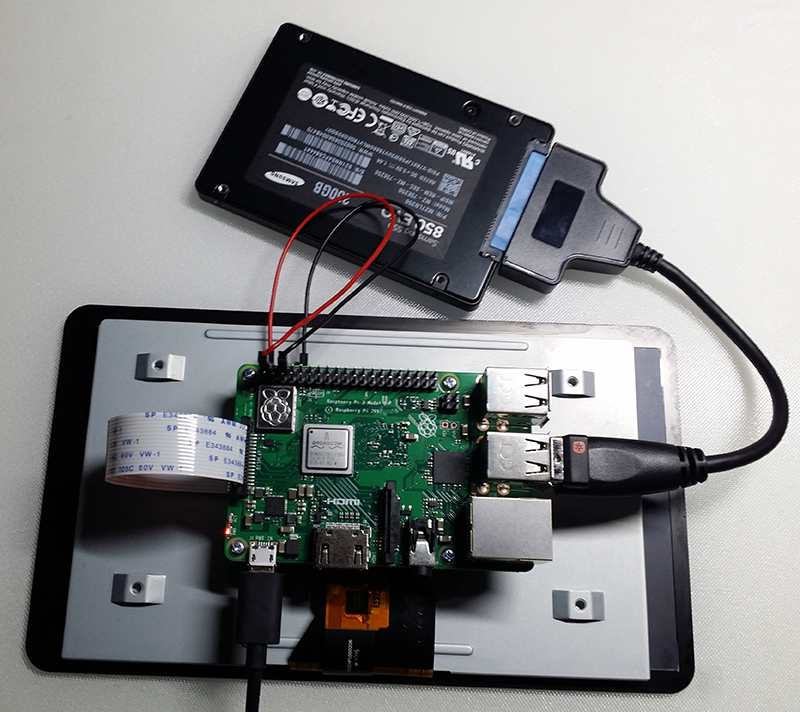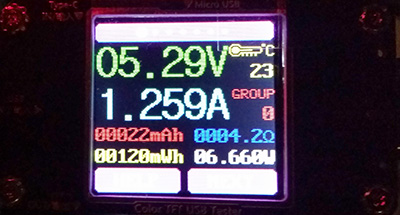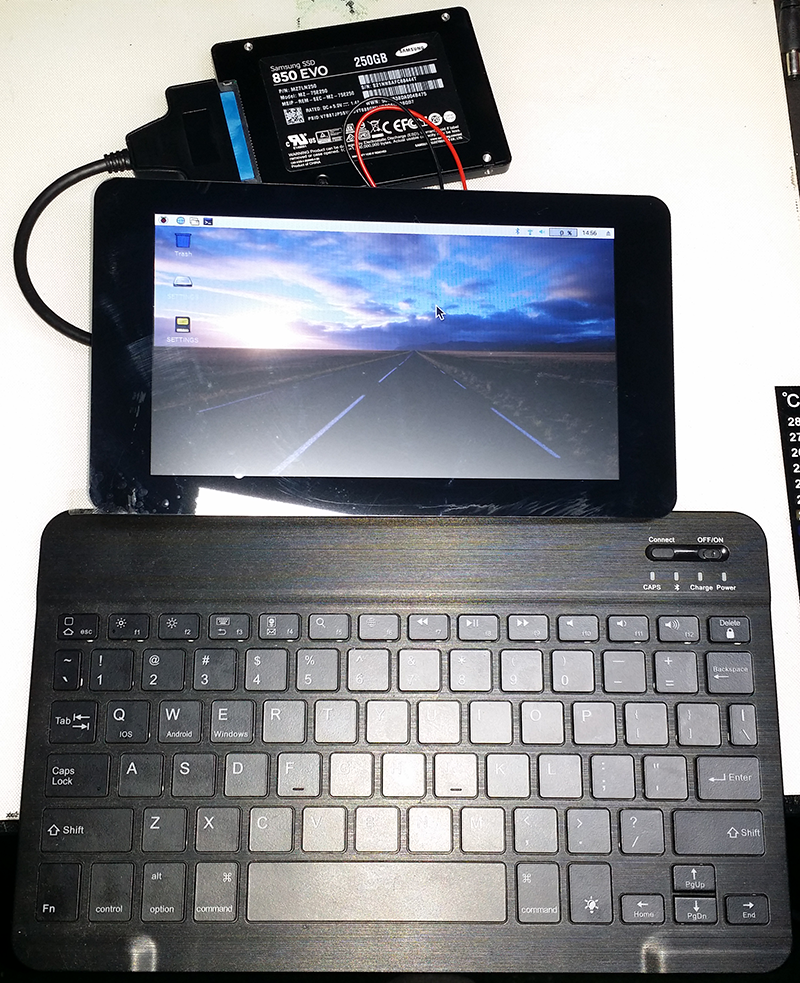I’ve been doing a lot of custom build projects lately, one of the more recent ones is going to require the integration of a motion controller and embedded system. I decided to try out the Raspberry Pi 3 B+ and integrate it with a Trinamic 5072 dual stepper drive chip. I ordered the Trinamic dev kit for the 5072 to make things a bit easier, but this will be covered in another post.
I bought the Raspberry Pi 3 B+ and the Official 7″ Touchscreen display which connects to the Raspberry Pi through the DSI flex ribbon connector. The Raspberry Pi just mounts right to the back of the LCD monitor with a few screws and then you connect the ribbon cable and the power and you should be good to go. There’s pretty good support for getting this working if you have any problems, just do a search.

I also bought a 32GB Samsung Evo Plus SD card to run this originally and it worked fine, but with my past experience in Raspberry Pi and reading of other people’s experience I knew that they could be a bit unreliable over time and fail due to lots of writes eventually damaging them.
To head this off before it became a problem I bought an ELUTENG USB to SATA adapter so I could connect up one of my old 250GB Samsung SSDs. I had originally just used the adapter board out of an old external SSD drive and that worked well, I just went with this adapter since it was self contained and had no exposed electronics to worry about shorting, etc.
Installing Raspbian went pretty easy, I installed NOOBS on the SD card and then during the install I selected /dev/sda, the SATA SSD drive, as the install drive and in a few minutes had a running system. Pretty cool so far and miles beyond my earlier RPi experiences with installing the OS, adding hardware and having a little monitor.

You’ll definitely want a good power supply for this setup. I’m using a 1.5 Amp USB power adapter from a tablet and I occasionally get a little lightning bolt on the display showing that the power supply is not optimal for this setup.
I hooked up the USB power monitor and at steady state this setup is drawing around 1.25 amps, peaking over 1.5amps and dropping the voltage below 4.85v when loading up the window manager. I’ll be connecting a reasonable 5v power supply directly to the GPIO pins once I get my bench set back up.

One thing I struggled with was the fact that the default NOOBS configuration doesn’t seem to enable Bluetooth on the RPi 3 B+ completely so I couldn’t add my backlit bluetooth keyboard. The bluetooth keyboard feels a little flimsy, but I used it when playing Elite:Dangerous on a projector and also for a small tablet keyboard. Unfortunately I had given my spare USB keyboard to a friend.
Once you get a keyboard then you’ll be able to use bluetoothctl to enable and add a keyboard. Additionally it doesn’t install the onscreen keyboard (Kvkbd) by default either and sshd is disabled (security reasons) so I wasn’t able to go further until I found a USB keyboard that I could use.
I plugged in my Corsair K70 out of desperation, but wasn’t expecting the USB ports to be able to power it, as the Rpi 1 and 2 never were able to. It worked, and I was able to configure the additional things I needed. The Logitech mouse dongle and mouse were automatically detected during the setup and subsequent boots so no problems there.
After about an hour and a half I had everything up and running and have been playing around with it since, it runs great on the SSD and much better than I expected from my previous RPi experiences. I also ordered a silicone roll up USB keyboard to keep as a spare.


Leave a reply to Raspberry Pi 3 B+ and 7″ LCD Touchscreen w/SSD